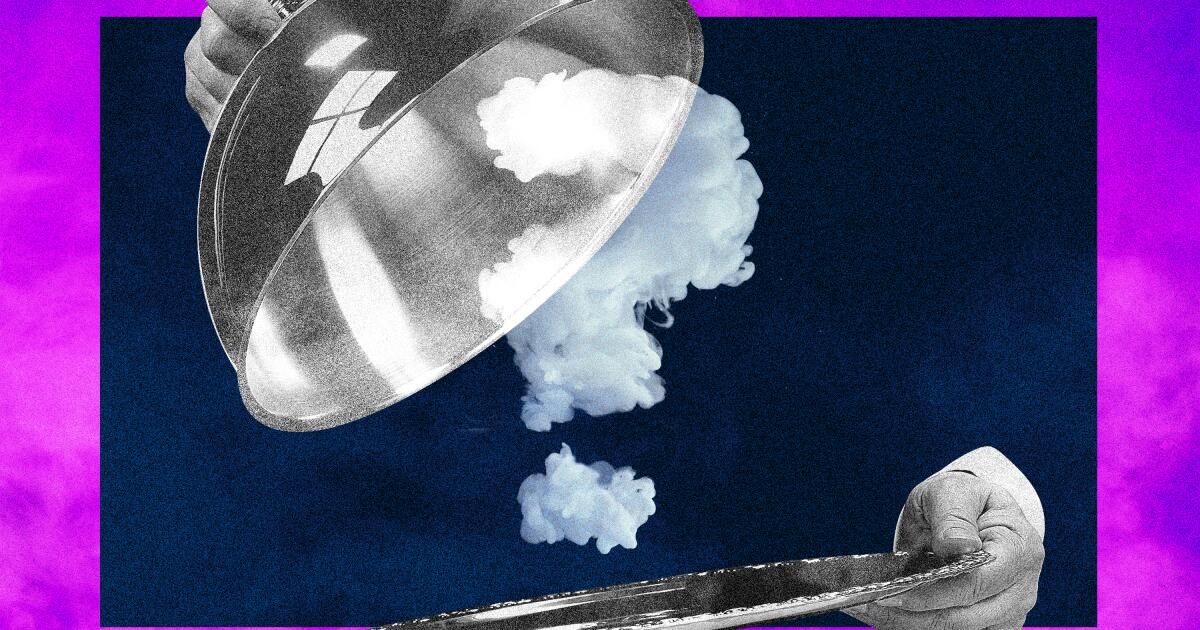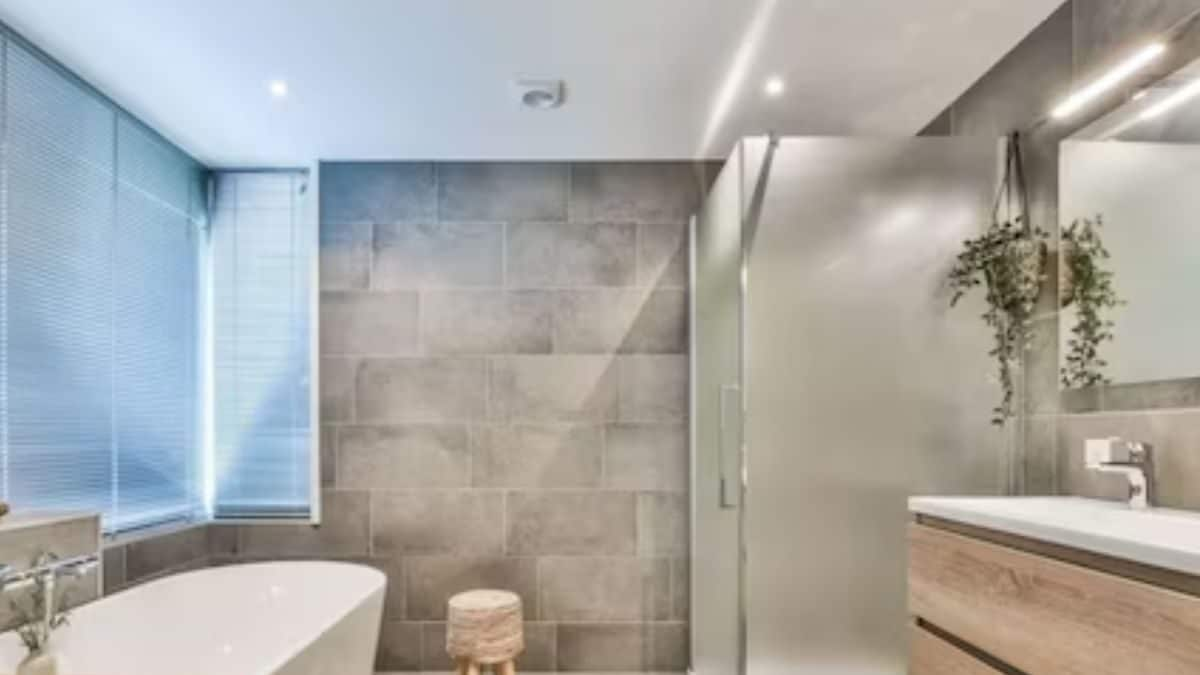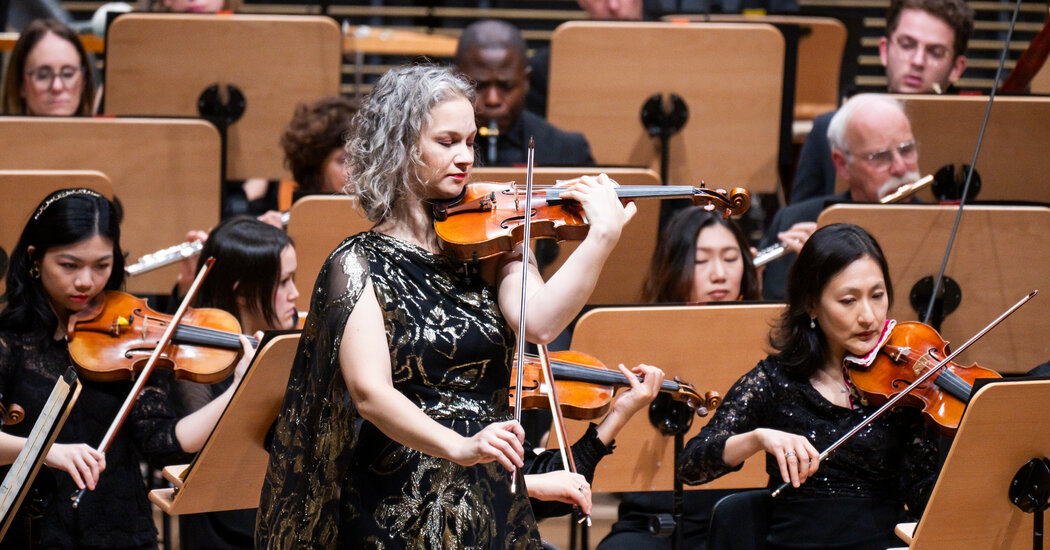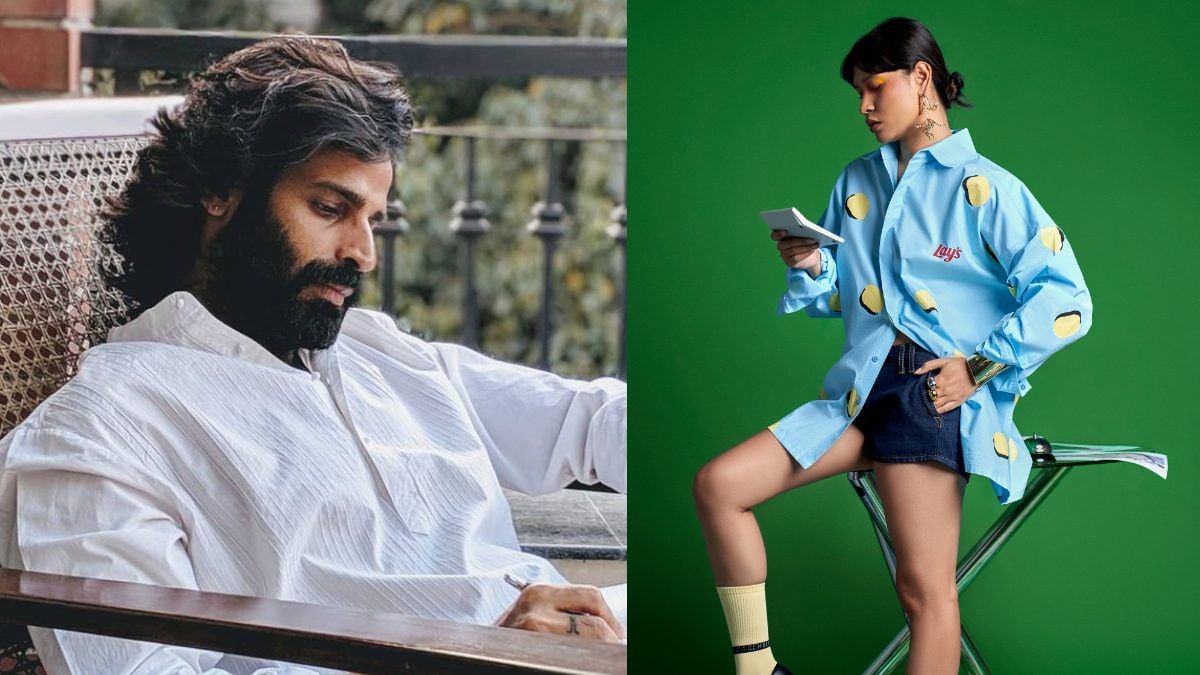What should you do if your marijuana-smoking neighbor stinks up your yard? Why are there no legally licensed consumer lounges in the city of Los Angeles, but there are four in West Hollywood? And what do I need to know about using cannabis to combat the side effects of chemotherapy?
These are some of the burning marijuana questions that have landed in my inbox lately.
And just in time with the April 20 holiday on the horizon, I have answers to these cannabis conundrums (and more) from professionals who know.
I live in the hills on a large lot. My neighbor's tenant sometimes smokes marijuana outside his house and the smell reaches my yard. The back of my neighbor's house is next to my front yard. When I walk my dogs in the garden, it smells horrible and I have to go inside. I can do something? Tell the landlord or some other resource? I'm also worried that when I put the house up for sale in the next two years, potential buyers who view the property might encounter the smell. – SO
I asked this question to Stanton, California-based attorneys Craig and Marc Wasserman, also known as Pot Brothers at Law. “If the landlord does not allow cannabis use, a complaint can lead to eviction. The complaining neighbor could file a nuisance complaint, which will likely be unsuccessful,” Craig Wasserman wrote in an email to the Times.
“However, a cannabis patient with a medical recommendation is protected by Proposition[osition] 215 and you can smoke cannabis anywhere except 5 places: within 1000 feet of a school or youth facility, a no-smoking zone (as the owner's rule), in a running motor vehicle, while operating a boat and on a school bus.
“We suggest that the complaining neighbor politely discuss the matter, and perhaps there will be an amicable resolution involving the use of [a] Good air freshener.”
In a follow-up phone call with The Times, Marc Wasserman said that in more than two decades of focusing on legal issues related to cannabis, the Pot Brothers at Law has received about a dozen phone calls addressing the thorny issue of cannabis. complaining neighbors. and the brothers always recommend trying to discuss the matter directly, neighbor to neighbor, before involving the landlord and risking someone being evicted.
“In this case, it doesn't look like there are any owners involved yet, so there's a chance to deal with it amicably,” he said. “I had a client who had a neighbor who smelled [cannabis smoke]and they figured out how to keep the smell away. [The answer] It could be as simple as going to another part of the house and closing the window, or perhaps installing a fan to blow the smoke in a different direction. … You don't have to go straight to 'I'm going to sue you' or 'I'm going to rat you out.'”
I'm a big wax person and I'm looking for a new brand. The most important thing to me is lung health, so if I try something new, I want to make sure it's nice and clean. -B.B.
It's definitely confusing to navigate the world of clean marijuana, something I discovered firsthand while researching a story about the clean marijuana scene in California. For those who want to consume cannabis concentrates such as wax, there are basically two options for separating the sticky, sometimes semi-solid substance that produces the high, from the plant material.
What I learned was that the most common (and cost-effective) method uses chemical solvents (often butane, sometimes carbon dioxide or ethanol) which are then removed. (All concentrates sold legally in California are tested to ensure they are below state-mandated levels of these chemicals.) Another way does not use any solvent, just a combination of temperature, agitation and pressure. This is often what people refer to when they talk about “clean weed.” To find concentrates made this way, look for (or ask your friend) products labeled “solvent-free.”
Two of the brands whose longevity in the solvent-free space makes them good places to start an exploration of clean marijuana are Oakland-based Jetty Extracts, which came into play in 2016, and 710 Labs, which brought its solvent-free expertise to the Golden State (Colorado) the same year.
[My friend’s mom] He is currently undergoing chemotherapy and is trying to find more ways to deal with the loss of appetite. Do you know any reliable sources? — S.B.
Contrary to many claims about the therapeutic value of cannabis, its ability to help with the severe nausea, vomiting and loss of appetite that often accompany chemotherapy treatment is not in doubt, said Dr. Peter Grinspoon, a physician with based in Boston and with 27 years of experience in medicine. cannabis specialist. Still, he warns his friend (or his friend's mother) to talk to the doctor.
“It is always important to talk to the oncologist [first] due to potential drug interactions,” Grinspoon said. “Oncologists are becoming quite knowledgeable about this topic because such a high percentage of people [undergoing] chemotherapy are using cannabis.”
Assuming your friend's mother has the approval in this regard, the next step is to choose an appropriate consumption method. Grinspoon said that while edibles are generally preferable (“No doctor is going to recommend the lung irritation that comes with inhalation,” he said), using a dry herb vaporizer that heats the plant material to release the cannabinoids but doesn't burn it may be preferable. unless there are lung health problems.
“If you feel like you're going to throw up from chemo, you won't want to eat an edible and you won't want to wait an hour for it to take effect,” she said. “I think the only scenario where you could really argue for inhaled cannabis is when someone is undergoing chemotherapy.”
As for herbs, Grinspoon doesn't have any specific recommendations for cultivars, terpenes, or cannabinoids to help with appetite, just a ratio to keep in mind. “In a perfect world, people would use something that was like 15% THC and 5% CBD instead of 22% THC and 0% CBD, but that's not always easy to find. …It is the THC of cannabis. [that’s key]and a little CBD is helpful because it mitigates some of the side effects of THC.”
After that, the last thing to know is the proper dosage, which is particularly important for someone who has little or no prior experience with the plant. Grinspoon recommends a “start small and go slow” approach. So, start with a small amount, wait to see how the canister and patient interact, and then adjust as necessary. “With any medication, you should use the lowest effective dose,” she said. “But also, if you've ever smoked too much, you know how it feels, and that's the last thing you want if you have cancer and [are undergoing] chemotherapy.”
As for the last part of your question about reliable sources (about cannabis in general or cannabis as medicine specifically), it's not something you're likely to find easily online. As Grinspoon said: “The information online is very contradictory. “Everything tends to be divided into two camps: either it is a miracle cure or it is satanic lettuce.” He knows what he's talking about: These two warring sides (and how to reconcile them) happen to be the subject of his 2023 book, “Seeing Through the Smoke: An Expert Doctor Unravels the Truth About Cannabis.” Although not a resource guide per se, it is written with the scientific rigor you would expect from a doctor and is packed with information that will be of interest to anyone who has an opinion about cannabis. I keep a copy on the corner of my desk at all times and can't recommend it enough.
How come cities like West Hollywood, Palm Springs and San Francisco have multiple legally permitted cannabis consumption lounges and Los Angeles has none? – IN
The OG Cannabis Cafe is one of four legally licensed consumption lounges in West Hollywood. The city of Los Angeles has none.
(Dania Maxwell / Los Angeles Times)
To be clearer, this was not a reader-submitted question, but one I've been asked dozens of times over the past few years. It's something that crosses my mind every time I write about the opening of a new consumer lounge in West Hollywood, which, despite being a city of only 1.9 square miles, is now home to four (with a fifth in progress), or I visit places where public smoking of marijuana is allowed on premises, from cities (San Francisco and Palm Springs) to small towns (Ukiah and Philo) in California.
So why not Los Angeles? Are there plans to eventually allow consumption rooms to open in the city? And, if so, what would the calendar be like?
“The city of Los Angeles has a saturated cannabis market with thousands of non-compliant entities,” Mayor Karen Bass' press secretary Clara Karger said in an emailed response to my inquiry. “The Department of Cannabis Regulation's priority is to support existing businesses, especially social equity partners, and help more businesses come into compliance. Additionally, with the potential for more input from Sacramento regarding food service in consumer lounges, it may be too early for the City to draft a policy for this business model.”
In other words, blame it mostly on the problem of illegal marijuana shops in Los Angeles, and a little on Governor Gavin Newsom's veto in October 2023 of a bill that would have allowed on-site sales of food and drinks in lounges. consumption, the latter of which appears to have been settled – legally – by at least two of the West Hollywood consumption lounges that also serve food. (The solution involves keeping food and cannabis concerns as separate business entities. At PleasureMed, for example, the kitchen is in a completely different building, but very close by.)
Karger didn't offer a timeline, but it really wasn't necessary. Anyone familiar with the Los Angeles cannabis scene will tell you that if opening legal consumption lounges is dependent on the rest of the city's marijuana problems being fixed first, it seems more likely that Vatican City will open a Marijuana lounge before Los Angeles.
Burning questions?
Are you a cannabis user and have a burning question about the wide world of marijuana (dispensary visits or anything else)?
Then email me at [email protected]. If I can't answer, I will find someone who can.












